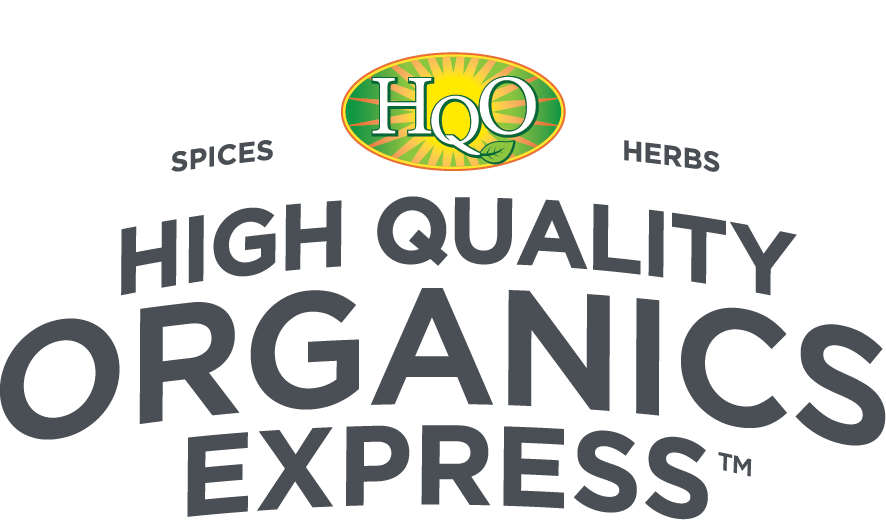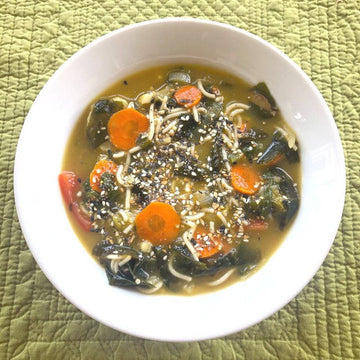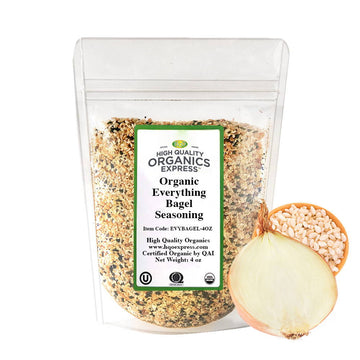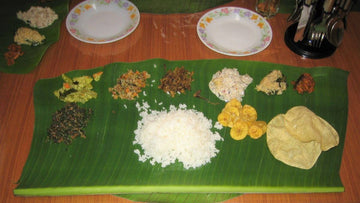You’ve probably seen pink Himalayan salt in many forms in the past few years. From lamps to facial scrubs to bath salt soaks, it's a mineral with a beautiful pink cast and a good replacement for the usual table salt.
Himalayan pink salt is a pure salt that comes from marine fossil salt deposits and believed to be the purest form of salt available. The pink salt is believed to have been formed 250 million years ago during the Mesozoic era. Although this salt contains many trace minerals, they compose a very small amount making it nutritionally comparable to other salts. Pink salt is, however, free of anti-caking agents that you may find in regular salt. The structure of the salt has more air pockets between the particles so you may end up using less.
Salt is composed primarily of sodium chloride (NaCl). Your cells need electrolytes like salt (and potassium) to thrive. Salt is either mined or evaporated from sea water. Pink salt is mined from the Khewra Salt Mine in Pakistan. It’s the second largest salt mine in the world and was said to have been discovered in 320 BC by Alexander the Great’s horse. Now that’s one giant salt lick! It’s a beautiful destination should you find yourself traveling in the Middle East.
Fine or coarse? Coarse salts like Himalayan pink, fleur de sel and Kosher salt may require you to use less. They also can add texture and be used as a finishing salt if you season something like a steak. Fine salts like sea salt and plain table salt are good for seasoning your dishes while cooking or precise measuring for baking.
From the sea. Sea salt is just a bit brinier. It comes in fine and coarse and is less processed than some table salts.
Salt’s other half; pepper. Don’t forget the non-GMO organic pepper. Pepper comes in white, green and black and adds just enough heat and depth of flavor when seasoning.
A chef-y move. While cooking, season with just a bit of salt (and pepper) when adding each main ingredient. Take a pinch of pink salt, raise your hand high and disperse the salt. It looks really cool when you do it, but it also serves a purpose — to disperse the salt more evenly.
When to salt? While cooking, use salt when you want moisture drawn out, like when sautéing onions. If you want something crispy, salt it right when it’s finished cooking. Salt fried foods right when they come out of the fat.
High Quality Organics Express has organic non-GMO Himalayan Pink Salt ready for seasoning your favorite dishes. Get 15% off and free shipping.





